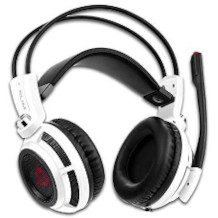Wireless headphones purchasing advice: how to choose the right product
- The most important facts in a nutshell
- Wireless headphones allow TV, gaming and music lovers to turn up the sound at any time of day.
- Wireless headphones offer more freedom of movement because they are not wired.
- One of the important selection criteria that is often neglected is wearing comfort.
- Since the operating range varies greatly, prospective buyers should definitely pay attention to how large the realistic range of the respective model is.
- A considerable price range from 20 to 500 euros means that the right wireless headphones can be found for every need and every budget.
Wireless headphones – an immersive sound experience
Wireless headphones are headphones that receive signals from a sound source via a wireless connection and emit music, for example. This means that they do not require a cable connection to the respective device. Wireless headphones give freedom and create security. Since there is no disturbing cable, they can be used more independently. They also have another advantage over wired or analogue headphones: they do not emit any background noise and therefore offer high sound quality. However, there is a wide range of models when it comes to this criterion.
As a rule, wireless headphones are equipped with batteries or rechargeable batteries. In the case of rechargeable batteries, they can be recharged. The useful life is therefore interrupted by the charging times. This means that batteries are not repeatedly disposed of as hazardous waste. Apart from their wireless connection, wireless headphones offer various other advantages.

These include:
- A higher degree of safety: Especially with children, but also during sports or in case someone sleeps with the headphones, a cable can become a source of danger. If, for example, the neck is accidentally wrapped, the oxygen supply could be interrupted. Since there is no cable with wireless headphones, they ensure a greater degree of safety.
- Freer use: Because of the cable, there are often restrictions when wearing headphones. For example, users may not be able to perform certain activities or they may have to stay a certain distance from the sound source. With wireless headphones, these restrictions do not exist, or only to a lesser extent. Here, users only have to consider the range of the headphones. In return, however, there is a great deal of freedom of movement.
- High sound quality: With analogue, wired headphones, there is a so-called “background noise”. This can be particularly annoying when users listen to music or other audio sources very quietly. This is not only annoying, but also means that they inevitably listen to music, audio books and the like louder. This, in turn, can lead to strain on the hearing.
- A longer life: A common cause for the disposal of headphones is defects in the cable. This can be, for example, a broken cable. This danger does not exist with wireless headphones. As a result, the lifespan of wireless headphones is generally longer.
Of course, there are not only differences between wireless headphones and wired headphones, but also between the various wireless headphone models. Therefore, before making a purchase decision, consumers should pay attention to which criteria and features are decisive for their own needs.
For whom are wireless headphones suitable?
Although interested buyers should pay attention to the different types when choosing, wireless headphones are basically suitable for everyone – especially for the following cases and buyer groups:
- For wearing during sports: Many athletes prefer to entertain themselves with music or audio books while exercising. However, a cable between the headphones and the playing device can be distracting. For example, the headphones or the cable can be damaged if you move your arms. In the worst case, the wearer can injure themselves. This problem does not exist with wireless headphones.
- As a hands-free device: It can be useful to have your hands free when making phone calls. This is the case, for example, when doing household chores or other work on the side. On the one hand, wireless headphones are suitable as hands-free devices if they have the corresponding function. On the other hand, they have the advantage over wired headphones that users can keep a greater distance from the phone and there is no annoying cable.
- For children: Music or audio stories and games or even learning content can be transmitted through sound files. They are very popular with children, whether for learning, entertainment or even for falling asleep. However, classic headphones pose a certain danger, especially for smaller children. If they move quickly or fall asleep, the cable can wrap around their neck and cut off their oxygen supply. The situation is different with wireless headphones: they are not obstructive and pose no such danger. The only thing to watch out for is the volume, so that the child’s hearing is not damaged.
- When falling asleep: For many, background noise, quiet music or even stories are helpful in falling asleep – especially in unfamiliar surroundings or in the case of disturbing noises. This is also true when working shifts or in noisy neighbourhoods. It makes sense to wear headphones so that other people in the vicinity do not feel disturbed. However, users should avoid wearing wired models when going to sleep, as they can be dangerous. Wireless headphones do not have these problems and dangers.
- When sharing devices: If a device is to be used by several people at the same time, wired headphones would also need to have multiple ports. This is not the case in the absolute majority of cases. However, a connection with several wireless headphones is possible.
- When used in larger rooms: Wired headphones can be extremely impractical in classrooms or larger living rooms. Often the cables are too short or pose a tripping hazard. Cables that are too long can be annoying in other cases or for other uses. Wireless headphones with the appropriate range are the more practical solution.
The different types
Wireless headphones are differentiated according to various criteria and features – on the one hand, according to the type of transmission. There are the following ways to choose from:
- analogue radio signal
- digital radio signal
- Bluetooth
Each transmission method has its own advantages and disadvantages. A further distinction is made according to the type of wearing. A distinction is made between
- Wired wireless headphones
- In-ear headphones
- Neckband wireless headphones
- Over-ear wireless headphones
Depending on the type, the suitability also varies.
Radio headphones with analogue radio signal
The main advantage of this type of transmission is that the headphones are very cheap to buy. In addition, they are also compatible with older devices – which can be different with digital radio and Bluetooth. A possible disadvantage, however, is that there can be background noise, which can limit the sound quality for everyone. Therefore, prospective buyers should make sure that the respective model has (passive) noise suppression.
Wireless headphones with digital radio signal
Radio headphones with digital radio have the advantage that they have no background noise. In addition, they are also often compatible with older devices and can therefore be used in a variety of ways. One potential disadvantage, however, is that relatively high-quality models are comparatively expensive. Those interested in buying them should expect to pay at least 100 euros.
Wireless headphones with Bluetooth
Connection and transmission via Bluetooth is simple and easy to set up, but not every audio device is suitable for it. The purchase therefore only makes sense if the respective device has a Bluetooth function or a corresponding interface. However, this is not the case with many older systems and other devices. This can be a possible disadvantage. However, wireless headphones with Bluetooth are cheaper to buy than digital wireless headphones, but offer similar quality. Another advantage is that they also have no background noise.
Wireless headphones with a headband
So-called headphones with a headband have a loose fit and are usually very comfortable to wear. However, they are not always suitable for wearing when moving quickly. Wireless headphones can be worn under the chin or above the head and, depending on the technology used, are usually relatively inexpensive to buy. However, they can also be annoying. This is the case, for example, when users want to rest or lean their head.
In-ear headphones
In-ear headphones are plugged directly into the ear cups. In the case of in-ear wireless headphones, users clamp one headphone part into each ear. This has several advantages and disadvantages. One of the advantages is that they can wear only one pair of headphones if necessary. In addition, the models are small, compact and thus space-saving. However, they can also fall off or get lost more quickly. In addition, they do not fit perfectly in all ears, which means that wearing comfort varies greatly.
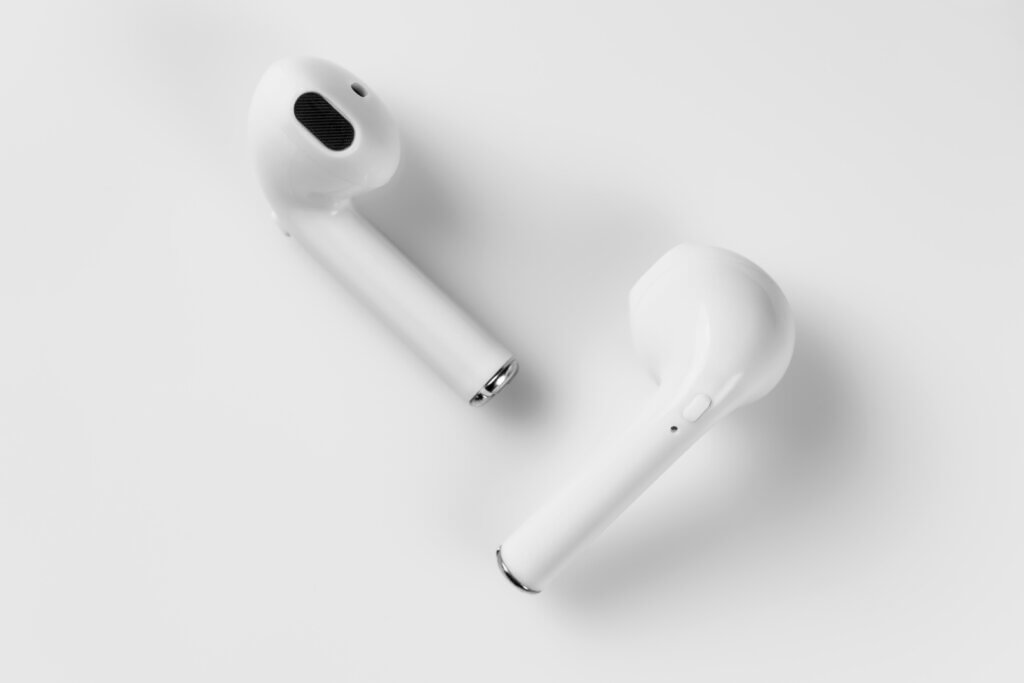
Neckband wireless headphones
With neckband wireless headphones, the headband does not run under the chin or above the head, but in the neck from ear to ear. This usually makes them very comfortable to wear. However, this only applies to wearing them while walking or sitting upright. If, on the other hand, you lean your head, you may experience unpleasant pressure from the headphones. So whether neckband headphones are the right choice depends mainly on how they are used.
Over-ear wireless headphones
Over-ear wireless headphones are placed on the user’s ears, usually covering the ear cups. They offer a relatively high level of wearing comfort. However, especially in summer or in well-heated rooms, the ears can quickly become very warm. An advantage is that the headphones block out background noise comparatively effectively. This benefits the sound. In addition, over-ear wireless headphones with adjustable earpieces usually fit any head. There are also special models for children.
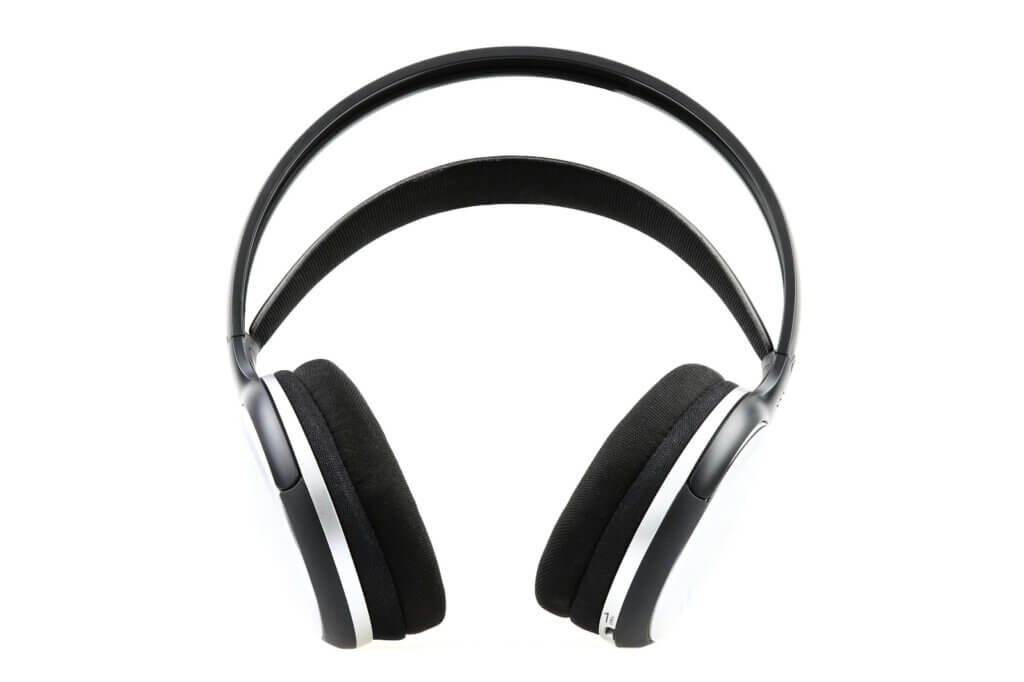
Another advantage is that the headphones cannot get lost because of their size. In addition, the headband allows them to be comfortably placed around the neck, for example, when users are having a conversation. Operation is also easy, as the over-ear wireless headphones offer a relatively large surface area and users can easily integrate controls. One potential disadvantage is that they can be distracting when lying down. In addition, it is hardly possible to put on only one side of the headphones at a time.
What matters when buying
When choosing wireless headphones, there are some criteria to consider. These include:
- Size and fit: both size and fit must absolutely fit the wearer. This applies especially, but not only, to in-ear headphones. The two factors determine daytime safety and wearing comfort. Headphones that are too tight or too loose can be equally problematic. It is therefore worth taking measurements in advance.
- Adjustability: With headphones with earpieces, it is important to make sure that they can be adjusted and thus fit well. This criterion is crucial for safety and comfort during wearing. It is important that the curve of the headband is taken into account and measured accordingly.
- Sound quality: Sound quality should be a primary factor when choosing wireless headphones. Noise and other interfering sounds should be excluded here.
- (Realistic) range: Some manufacturers state amazing ranges between the wireless headphones and the source for their models. However, prospective buyers must bear in mind that walls and other interfering factors can considerably limit the range. Only the test will show whether the headphones really still receive all sound signals within a range of 25 metres from the playing device or whether they already fail at significantly shorter distances.
- Type of transmission: As mentioned, each type of transmission has its own advantages and disadvantages. The decision should therefore be made depending on the intended main type of use and the devices to be played.
- Battery life: The battery life of wireless headphones varies greatly. For longer use, it makes sense that the battery life is correspondingly long. It is also important to know whether the battery is replaceable. Replaceable batteries are extremely advantageous. On the one hand, they extend the possible operating time and, on the other, the life of the wireless headphones.
- Charging time: In the case of permanently installed batteries, consumers should consider the respective battery charging time. If the operating time is relatively short, but the charging time is very long, use is only possible to a limited extent.
Using and caring for wireless headphones properly
There are only a few points to consider when using and caring for wireless headphones. These include the following:
- Limited use: regardless of the type of wireless headphones, wearing headphones creates a warm and humid climate in and around the ears. In the long run, this can lead to infections. Therefore, the wearing time should be as short as possible. Another reason for limited wearing of headphones is that the headphones themselves need to dry.
- Regular cleaning: Even with good body hygiene, skin oils and dandruff are transferred to the headphones. Therefore, the contact surfaces should be cleaned regularly. Removing dust and other dirt also helps to prolong the life of the headphones and maintain sound quality. This is especially true for in-ear headphones.
- Avoid enormous volumes: Wearing headphones means that sounds are produced very close to the ear canal. This can stress not only the hearing itself, but also the entire body. Music and co. should therefore be played as quietly as possible.

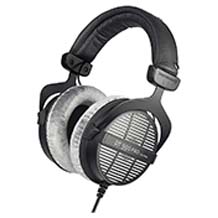
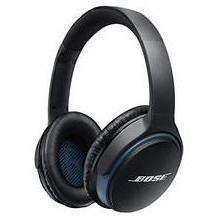
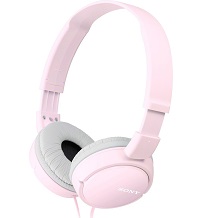
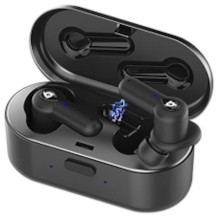
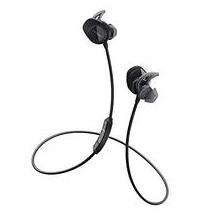
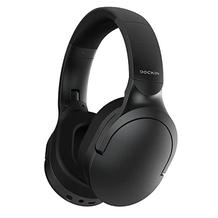
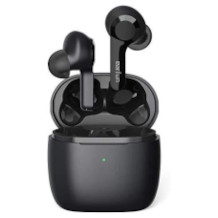








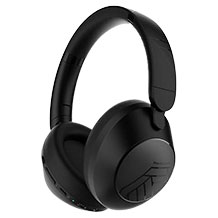
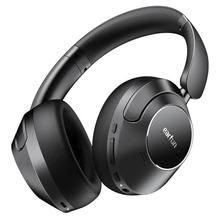
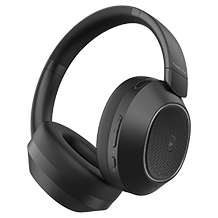
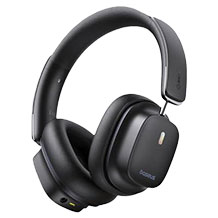
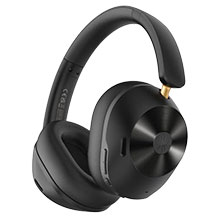

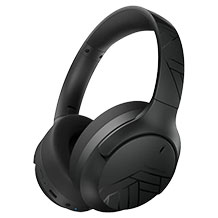
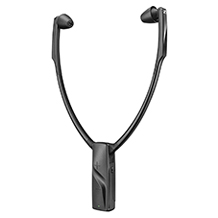

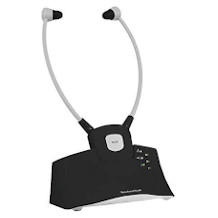

 7,938 reviews
7,938 reviews





